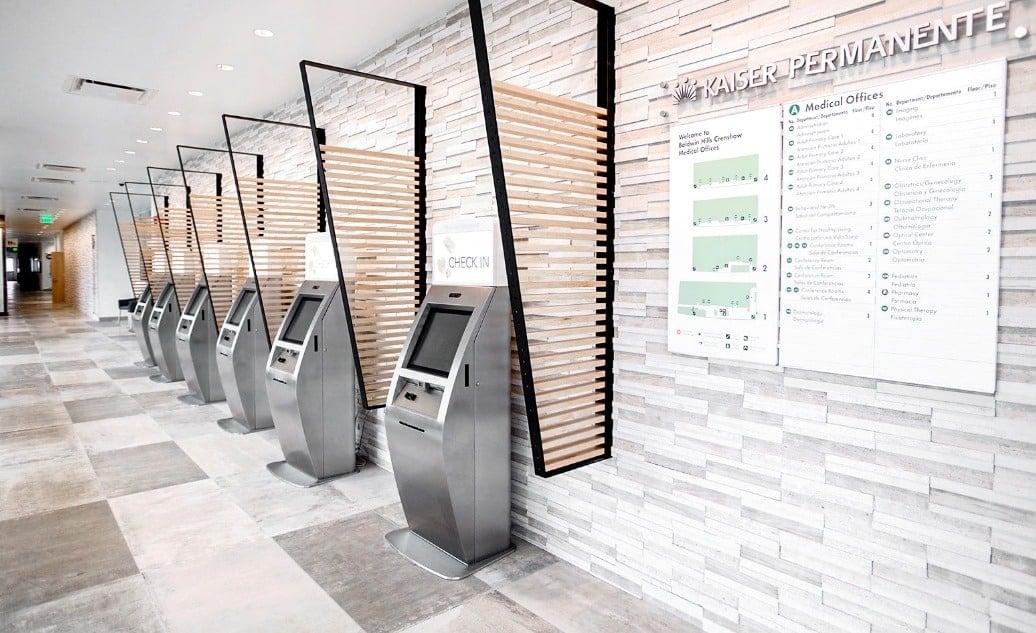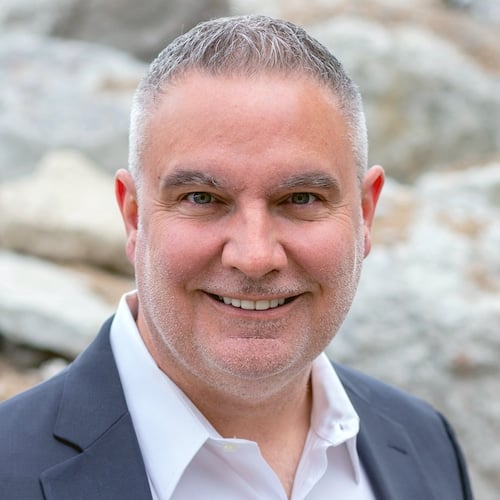Patient Check-In Kiosk, Telehealth and Telecare Kiosk News
From Olea Kiosks May 2021
Editors Note: Olea Kiosks takes major step towards expanding the healthcare patient check-in kiosk and Patient Registration kiosk market along with Telehealth and Telecare by adding James Walker to their sales team. Walker is an expert in patient check-in and accessibility which dovetails perfectly with Olea Kiosks’ unparalleled engineering. Olea Kiosks is the major provider for Kaiser Permanente which is a primary baseline for Epic Welcome Kiosks and accessibility. Johns Hopkins, Cedars Sinai and Novant to list some others.
Olea Kiosks®, Inc. Adds Industry Veteran James Walker to Sales Team
LOS ANGELES, Calif., May 12, 2021 — Olea Kiosks®, Inc., a visionary provider of innovative self-service kiosk solutions, today announced the growth of its sales team by adding veteran healthcare sales executive James Walker.
James joins Olea following ten years of self-service kiosk experience in the healthcare check-in space, most recently as channel director. With a comprehensive background combining sales and marketing, operations, and process improvement, he brings a broader perspective to the needs of his clients. Walker joins Olea as the company continues to grow its presence in healthcare as the industry expands its digital transformation.
“Having spent a good deal of time working through patient check-in, I’m excited about the opportunity to improve the entire patient experience and looking for opportunities to remove points of friction across the patient journey,” said Walker. “I see the difference self-service technology has made, and with the addition of telehealth and telemedicine applications, access to healthcare will become so much easier for people experiencing healthcare challenges,” he added.
“2021 is a year bringing much change to Olea Kiosks, and that continues with our growth and expansion in select verticals. James will be a real asset to our team with his extensive experience as we grow our presence across healthcare self-service solutions,” CEO Frank Olea explained.
In addition to almost doubling its manufacturing space earlier this year, Olea Kiosks®, Inc. has also strengthened its leadership team, added other additional sales resources, and expanded its customer experience team.
About Olea Kiosks®, Inc.
Olea Kiosks, Inc. is a self-service kiosk solution provider for the attractions and entertainment, healthcare and hospitality industries. Its technologically advanced, in-house manufacturing, design, and innovation have made it an industry leader. Headquartered in Los Angeles, California, customers include Cedars-Sinai, Kaiser Permanente, Tenet, The Habit Burger Grill, The Empire State Building, Universal Studios, Scientific Games, and Subway.



